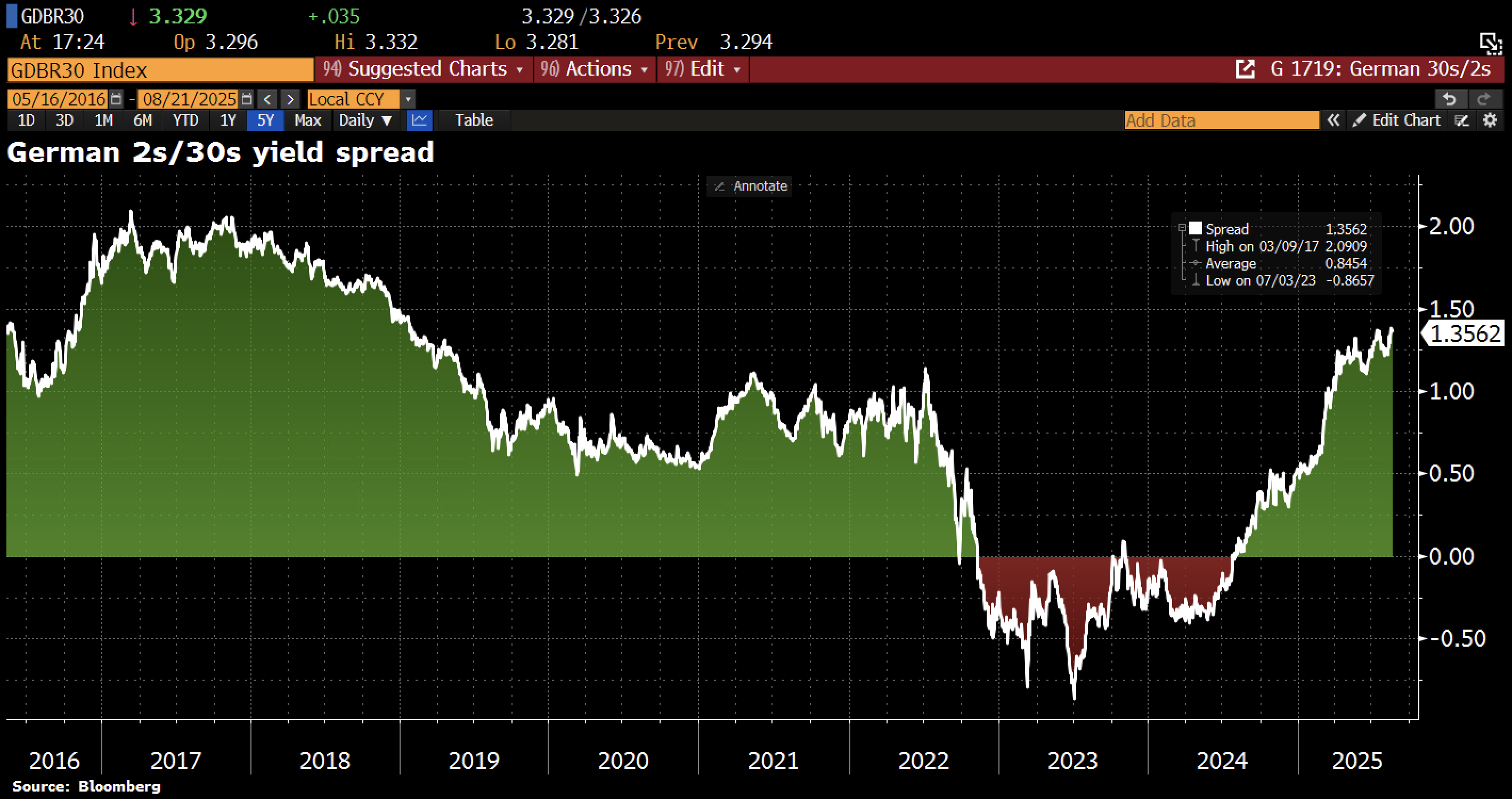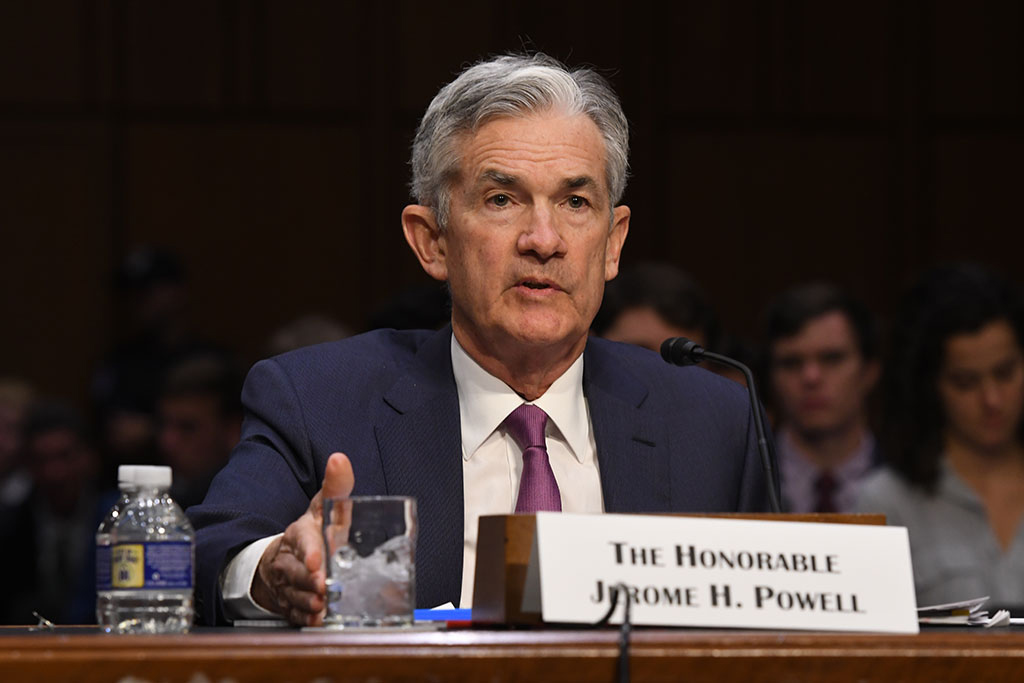9.4
7.629 Reviews

English
EN
This article has been automatically translated from Dutch. Click here to see the orginal article including all links to sources.
Government pressure on central banks is mounting worldwide. Increasingly, people are even speaking of a new era. Rising public debts and higher interest rates, fueled by persistent budget deficits, place central banks in a dilemma: should they abandon their inflation targets to support reckless government policies with lower rates? What does this mean for gold? At the same time, the EU has been shaken internally by Trump’s plans regarding stablecoins. Is the digital euro now set to accelerate?
The Financial Times reported this week that central banks are increasingly coming under strain and that we may be entering a new era of “fiscal dominance.” While central banks in developed economies attempt to normalize policy and shrink their balance sheets after years of quantitative easing, they are finding themselves squeezed. The combination of record-high public debt and rising interest rates is intensifying the pressure on central banks to ease again.
Kenneth Rogoff, the well-known Harvard economist, warns that the combination of high debt and rising rates gives governments strong incentives to pressure central banks into cutting rates. This, however, could come at the expense of inflation targets. Rogoff says we have already entered a new era of fiscal dominance. You may remember Rogoff from the influential study arguing that government debt exceeding 90 percent of GDP is typically associated with significantly lower economic growth.
Yield on 10-year UK government bonds (source: tradingeconomics)
Jeroen Blokland describes fiscal dominance as an environment in which the official inflation target of central banks—already difficult to achieve—gives way to excessive fiscal policies. Those excessive policies, in turn, push borrowing costs higher.

Yield increase on 30-year Japanese government bonds (source: tradingeconomics)
Last week, we wrote about the problems France is facing due to rising interest rates. But France is no exception. The yield on 10-year UK gilts climbed this week to its highest level since the financial crisis, nearing 5 percent, while the government refuses to rein in spending. Germany, which has abandoned its debt brake while its economy struggles, is also facing rising long-term yields. In Japan, too, bond yields have surged.
“The world is losing its safe havens,” writes Robin Brooks on rising bond yields. The U.S. has already lost its ability to borrow more cheaply than other countries, and Germany is on the verge of losing that status as well. Only Switzerland seems to be holding up relatively well. Brooks also points to fiscal recklessness as the cause. Increasingly, investors are therefore turning to another safe haven: gold.
The widening gap between German 2-year and 30-year yields (source: Holger Zschaepitz)
The widening spread between short- and long-term yields reflects, according to experts, fears that monetary policy will remain looser than needed. Short-term rates are largely set by the central bank, while long-term rates are driven mainly by the market.
The gap between 2-year and 30-year yields on German government bonds has now reached its highest level since 2019, fueled by rising German debt. The concern is that governments will increasingly rely on short-term borrowing, leaving countries more vulnerable to future rate fluctuations on their growing debt mountains. According to the OECD, the total stock of government bonds in advanced economies will reach a record $17 trillion this year, compared to $16 trillion in 2024 and $14 trillion in 2023.

Government debt as a percentage of GDP in the G20 (source: tradingeconomics)
The clearest example of pressure on central banks is Trump’s open attack on Fed chair Jerome Powell. Trump is urging Powell to cut rates, directly interfering in central bank policy. Later today Powell will deliver a key speech outlining the Fed’s direction in the coming months. Will he yield to White House pressure? As of Friday morning, markets were pricing in a 71 percent chance of a September rate cut, down from 93 percent last week.
Update 5:00 p.m.: Powell suggests rate cuts are coming — but not because Trump demanded them

Will Powell defend the Fed’s independence? (source: federalreserve)
We do not see such overt interference in the other countries mentioned, but that does not mean central banks there are not feeling the strain. The Financial Times notes that this pressure is visible, for example, in slowing down plans to reduce balance sheet size.
Ray Dalio warns of a potential “debt death spiral.” If bond yields rise too high, central banks will, according to him, be forced once again to step in by printing money and buying bonds to suppress yields, which will further erode the value of money. Bad news—though, as a gold holder, you are naturally well prepared for this. Dalio also said this could weaken currencies such as the dollar and the euro relative to gold. Rising inflation and falling rates are precisely the two factors that could push gold prices higher.
According to the Financial Times, EU officials are accelerating plans for the digital euro, the so-called CBDC. The trigger is new U.S. legislation on stablecoins. We previously discussed this in depth in our podcasts with Frank Knopers and Sander Boon. In short: Trump and Bessent see stablecoins, which must be backed in part by Treasuries, as a major new source of demand for U.S. government debt. This could help push down yields on that debt.
According to the British paper, the EU fears for the competitiveness of its digital currency. Internal sources told the paper that the swift passage of the U.S. law has unsettled many. Internally, the message now is that the digital euro must move forward quickly: “Let’s speed up, let’s push.”
The concern is not only that Europe will become dependent on foreign payment solutions. As Frank Knopers explained in our podcast, U.S. stablecoins could also cause instability in the eurozone. The ECB stresses that it is considering different technological approaches for the digital euro, both centralized and decentralized. Still, one insider told the Financial Times that the digital euro would “look much more like what the Chinese central bank is doing than what private companies in the U.S. are doing.”
